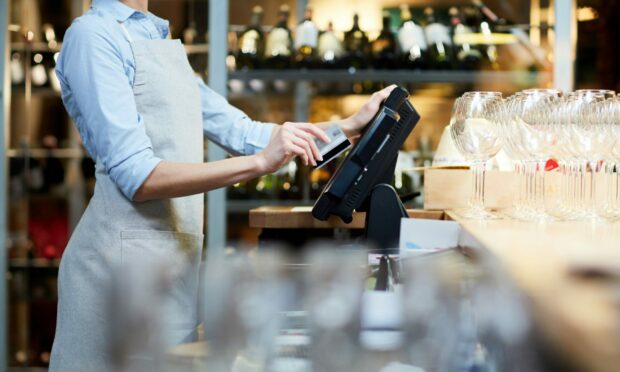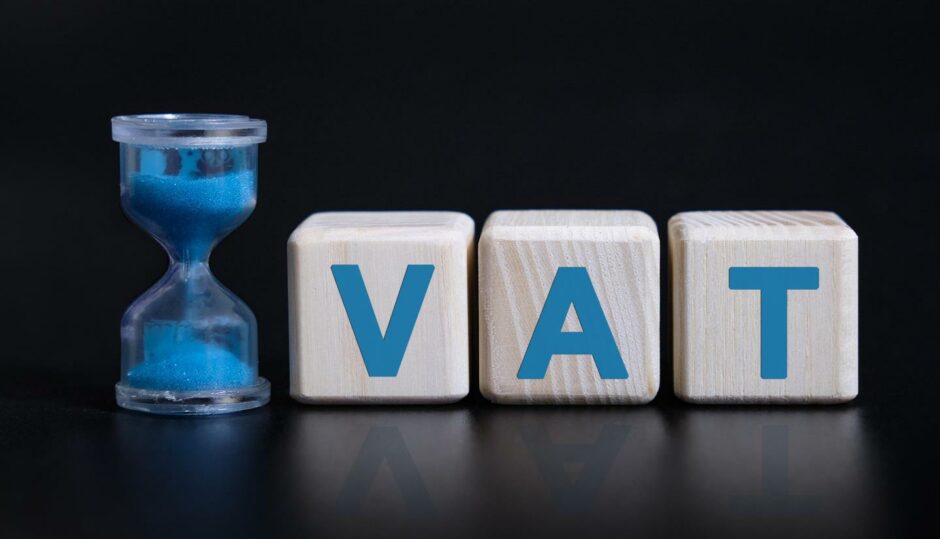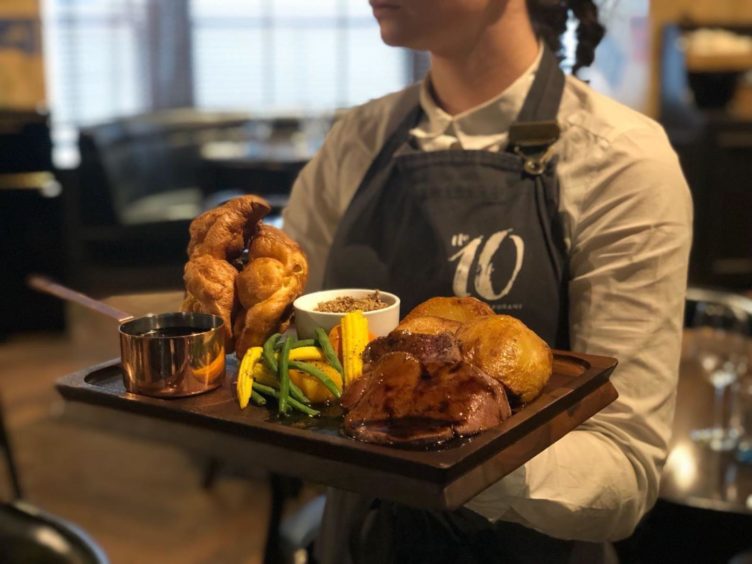A 7.5% rise in VAT hitting Scotland’s hospitality industry from today (October 1) will slow the recovery and even trigger permanent closures, a tax expert has warned.
And a leading north-east hotelier cautioned it may also lead to less investment in the sector.
It marks a semi-reversal of last year’s cut from 20% to 5% to help hospitality and tourism businesses survive the pandemic.
The new rate is due to remain in place until March 31 2022.
It applies to suppliers of restaurant services, hot takeaway food and holiday accommodation, as well as admission charges for some attractions.
Scott Craig, partner and head of VAT at accountancy and business advice firm Azets, warned these businesses may not have had enough time to benefit from the lower rate.
Mr Craig added: “The UK has slowly reopened but there is considerable economic uncertainty and the hospitality industry is facing the brunt.
‘Too soon’
“Businesses have no doubt benefitted from the reduction in VAT – but the increase to 12.5% comes too soon.
“Events are now being planned well into 2022 and beyond.
“If the reduced rate of 5% had applied for longer, many businesses would have improved their financial position and have a better chance of survival.”
Increasing VAT now will reduce their income, he said, adding it may also “trigger unnecessary closures that could have been avoided if the rate had been held for another six months”.
20% rate returning in April
Mr Craig also urged business owners in the hospitality industry to prepare for the reintroduction of the full VAT rate of 20% on April 1 2022.
“It is vitally important these businesses are aware of and prepared for the changes and seek professional advice if concerned”, he added.
Aberdeen City and Shire Hotels’ Association vice-chairman Stephen Gow said: “The hospitality industry has been particularly badly affected in the way it can operate with the numerous lockdowns and restrictions over the past 18 months.
“The drop to 5% VAT for food, accommodation and soft drinks was very welcome and allowed for some financial recovery.”
Mr Gow, also general manager at The Chester Hotel, Aberdeen, added: “The move to 12.5% VAT, along with current recruitment issues in the sector which are leading wage inflation, will slow recovery and in the longer term may mean less investment.”
In July, hospitality industry figures in the north-east backed wider criticism of the UK’s VAT regime in advance of the tax starting to rise to pre-pandemic levels.
Bosses at pub chain JD Wetherspoon lambasted the UK Government for “Monty Python” rules they said would bolster supermarkets instead of the hospitality sector.
Hot food served in pubs and restaurants typically has a VAT rate of 20%, although this was reduced to 5% during the pandemic.
The lower rate was initially introduced to last for a temporary period between July 15 2020 and January 12 2021. It was later extended to March 31 2021.
The UK Government announced at Budget 2021 its temporarily reduced rate would be extended for a further six months until September 30.
In addition to the VAT cut, the government’s Eat Out to Help Out scheme gave diners 50% off meals at participating venues during August 2020.
The initiative was aimed at getting more people eating out – and so helping the hospitality industry get back on its feet again.



